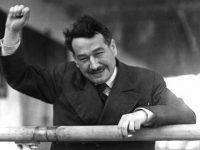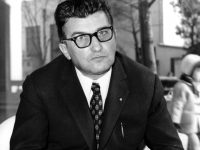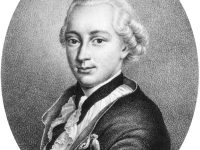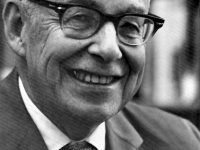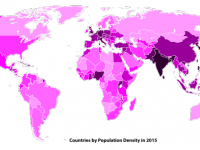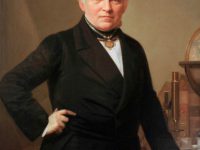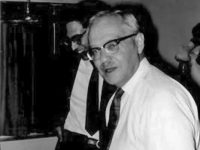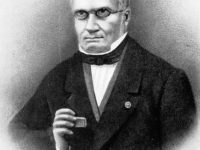Land Rover and the Series to remember
On April 30, 1948, the Land Rover Series I was officially launched at the Amsterdam Motor Show. What started out solely as a farming vehicle became an icon of the automobile industry and stayed in production for 68 years. In 1992, Land Rover claimed that 70% of all the vehicles they had built were still in use. The Land Rover was conceived by the Rover Company in 1947 since Rover produced luxury…
Read more


